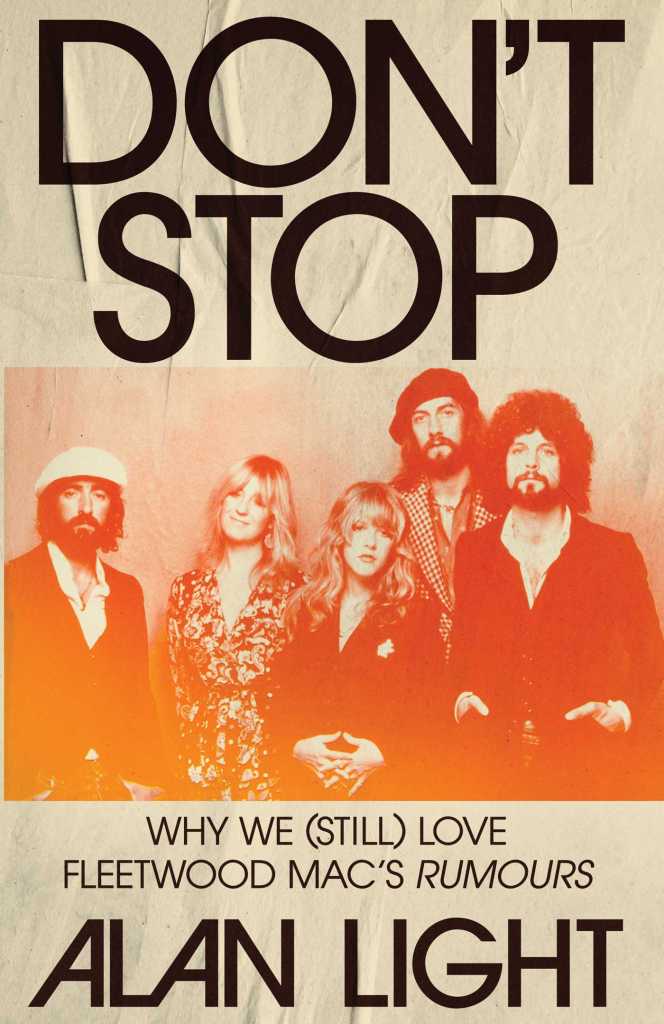Will Rumours Never Cease? – Houston Press
It is a fairly certain truth that Fleetwood Mac’s 1977 album Rumours showcased a band at its musical apex (sorry, Tusk-heads).

The 11th (!) studio album from a group that started off as a hardcore blues outfit with an ever-shifting lineup, it was the second to feature the quintet of co-founders Mick Fleetwood (drums) and John McVie (bass), along with John’s wife Christine McVie (vocals/keyboard) and newish California couple Lindsey Buckingham (vocals/guitar) and Stevie Nicks (vocals/tambourine/twirling).
Critics liked it, but in this case so did the public. A lot. It made the band global superstars, won many bookcases of awards, stayed at or near the top of the singles and album charts for some time, and sold 10 million copies in a little over a month.
That the album was made in a flurry of romantic angst (all five members were in faltering relationships, including two couples within the band), cocaine, and cash. And it’s all there in the songs, penned by the three singers, and often about each other.
But that was nearly 50 years ago. Today, Rumours is shockingly the gift that keeps on giving, now notching up 40 million in sales and hundreds of millions of streams. It has gone 21X Platinum and was the best-selling rock record of 2024. Sure, the appeal to the original Boomer customers was always there, but Gen X, Millennials, Gen Z, and now Gen Alpha have embraced it, are talking about it, overanalyzing it, and covering it.
Longtime music scribe Alan Light—a teen himself in 1977—has seen this firsthand. And has written an entire book not just about the making of Rumours but the impact, legacy, and still white-hot relevance of the disc in Don’t Stop: Why We (Still) Love Fleetwood Mac’s Rumours (288 pp., $29, Atria Books).
He starts by giving a general history of the band, the album’s recording, and the individual songs—though on purpose not going deep in the weeds as other books and docs have already covered.
What makes Don’t Stop different from other Mac books (or even those about Rumours) is Light’s deft analysis and the fact that he interviewed more than 30 aficionados between the ages of 16 and 30. They talk about their own relationship to the record and how it came into—and stays—in their lives.
So, as Light ponders himself, “Why do kids like this old-ass album?”
It’s because their parents played it. Or an older sibling had a copy. Or a friend turned them onto it. Or they could stream all 11 tracks instantly.
Or 12 if you, as Light does, also include by default Nicks’ magesterial “Silver Springs.” Cut from the record due to length (or giving Nicks too much say in the back-and-forth songs between herself and Buckingham), it became B-side to the first single.
But it came to life on its own via the searing performance from the 1997 The Dance concert, with Nicks all up in Buckingham’s face, boring a hole in his head with her laser eyes as she wails “You’ll never get away from the sound of the woman that loves you!/Was I just a foo-ool?”
Or the appearance/influences of the album on Glee, Daisy Jones & The Six. Or the cranberry juice-swilling TikTok guy. Memes. There’s also the female dynamic in the band and universal themes of romantic love and loss. Or The Cult of Stevie, stronger now than in 1977. Hell, Rumours even comes up in lists of “diss tracks,” with Stevie and Lindsey trading barbs right up there with Drake and Kendrick.
“Rumours teaches us about perseverance and survival. It illustrates the impact that creativity and commitment can make, as demonstrated by its ongoing legacy,” Light sums up. Adding that in 2022, the first year that vinyl improbably outsold CDs, the top sellers were discs by Taylor Swift, Harry Styles (both ardent Nicks fans and collaborators), Olivia Rodrigo, Kendrick Lamar, and…Rumours.
Go your own way? Not a chance. Looks like these Rumours will continue to hang around. And in this book, Alan Light turns them into facts.
This article appears in Jan 1 – Dec 31, 2025.
Related

Reign Bowers is an outdoor enthusiast, adventure seeker, and storyteller passionate about exploring nature’s wonders. As the creator of SuperheroineLinks.com, Reign shares inspiring stories, practical tips, and expert insights to empower others—especially women—to embrace the great outdoors with confidence.








Post Comment